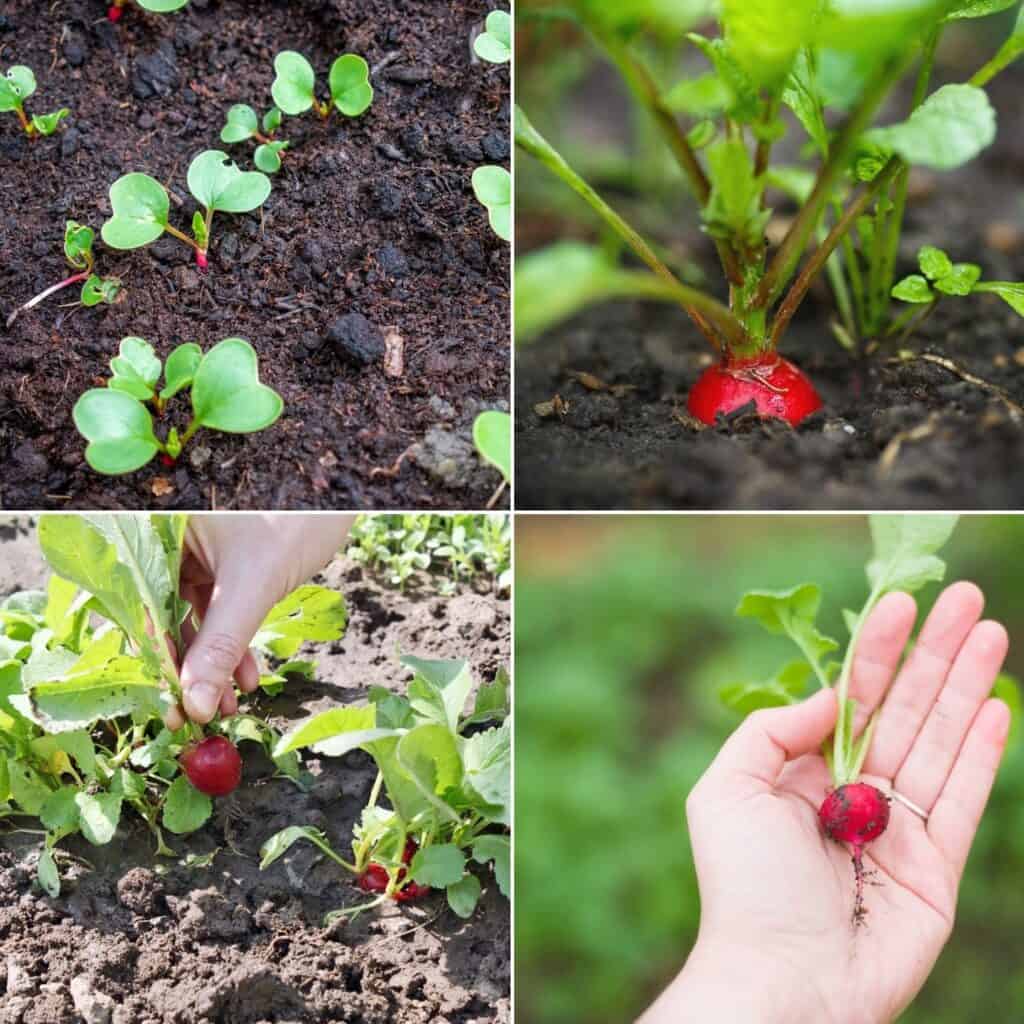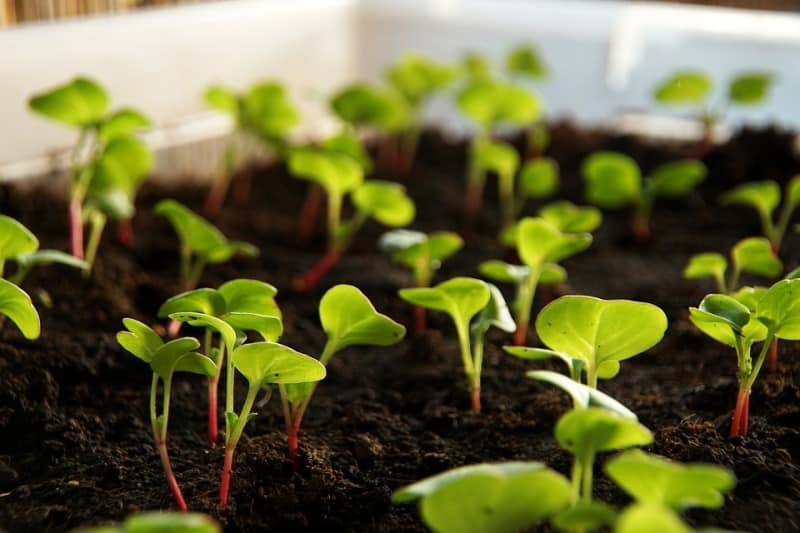How To Grow And Care For A Radish Plant
Radishes are a great addition to any garden for their fast growth and delicious, spicy flavor. With a little bit of care and attention, you can have a thriving radish garden in no time! In this post, we'll cover everything you need to know about planting and growing radishes from seed. Plant Attributes Radishes are a cool-weather crop that prefer temperatures between 50-70°F. They can be planted in both spring and fall, but do best in the cooler temperatures of spring. Radishes grow quickly, maturing in as little as three weeks, making them an ideal crop for impatient gardeners or those just starting out. When planting radishes, make sure to choose a sunny location with well-draining soil. Radishes prefer slightly acidic soil with a pH between 5.5-6.5. They also prefer soil that is rich in organic matter, so make sure to amend your soil with compost before planting. Plant Care Once your radishes have sprouted, it's important to keep the soil moist but not waterlogged. Over-watering can cause the radish roots to split. Consider using a soaker hose or drip irrigation system to make sure the soil stays moist without getting too wet. Radishes are also heavy feeders, so make sure to fertilize them regularly with a balanced fertilizer. Avoid fertilizers high in nitrogen, as this can lead to lots of top growth but few roots. Pruning Radishes don't require any pruning, but you can thin them out once they start to sprout. To avoid overcrowding, thin your radishes to about 1-2 inches apart once they have grown a few leaves. Propagation Radishes are annuals, meaning they complete their life cycle in one season. While you can save seed from your radishes to plant next year, it's often easier and more reliable to simply purchase fresh seed each year. Potting and Repotting Radishes are typically grown in the ground, but can also be grown in containers. If planting in a pot, make sure it's at least six inches deep to give the radish roots enough space to grow. Use a well-draining potting mix and water regularly. If you're growing radishes in a container and notice they're not growing as quickly as they should be, try fertilizing them with a liquid fertilizer every two weeks. Common Pests and Plant Diseases Radishes are relatively pest-free, but they can be susceptible to root maggots, flea beetles, and aphids. Take preventative measures by covering your plants with row cover fabric or keeping a close eye on them for any signs of infestation. You can also use an insecticidal soap to treat any infestations that do occur. Common Problems Radishes can occasionally suffer from root splitting, which occurs when the soil gets too wet. To avoid this, make sure to keep the soil consistently moist but not waterlogged. Another common issue with radishes is bolting. This occurs when the plant goes to seed too quickly, often due to temperatures that are too hot. To avoid bolting, plant your radishes in the cooler temperatures of spring and make sure they have adequate moisture. In conclusion, radishes are a fast-growing and delicious crop that are relatively easy to grow with a little bit of care and attention. Whether you're a seasoned gardener or just starting out, radishes are worth adding to your garden! 



togethertimefamily.com - radish onions containers togethertimefamily

www.thefoodroot.com - radish harvesting radishes

www.agrifarming.in - radish farming seedlings harvesting planting care guide
Post a Comment for "How To Grow And Care For A Radish Plant"